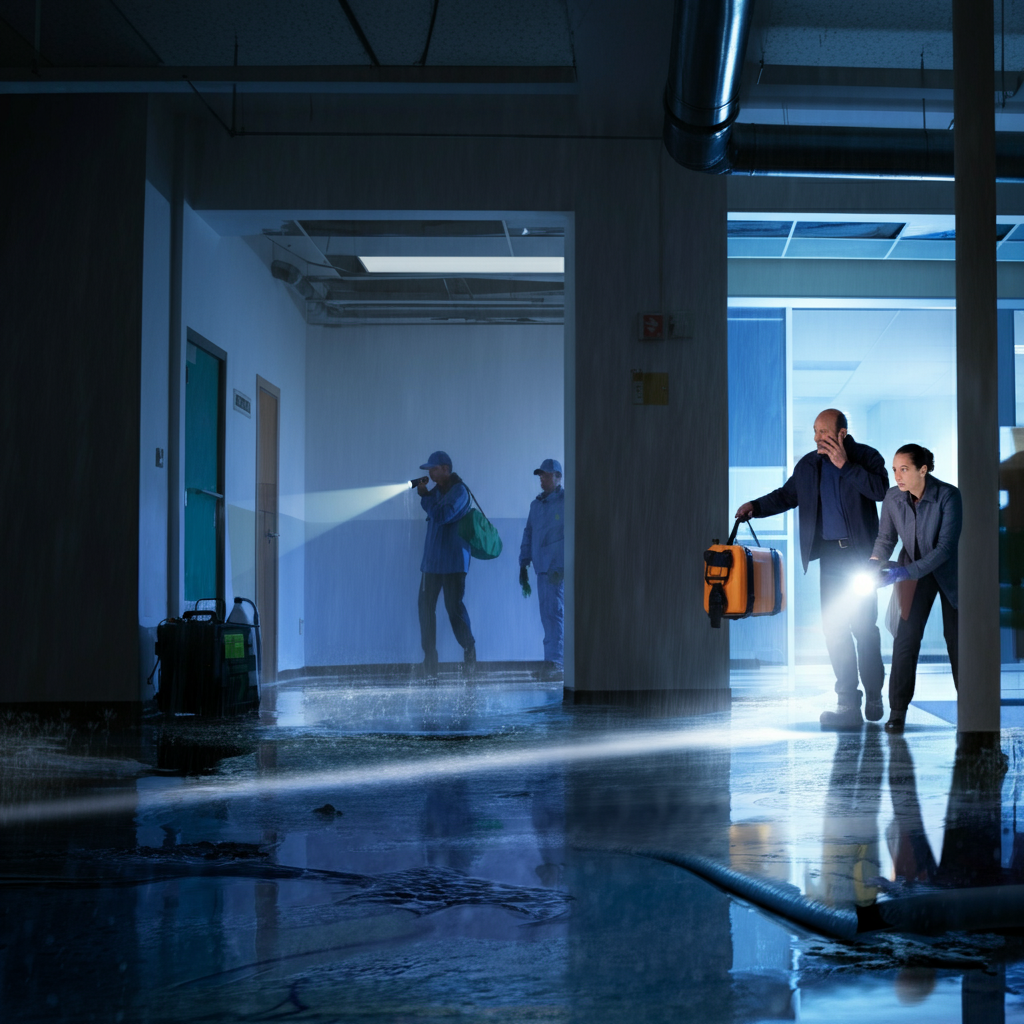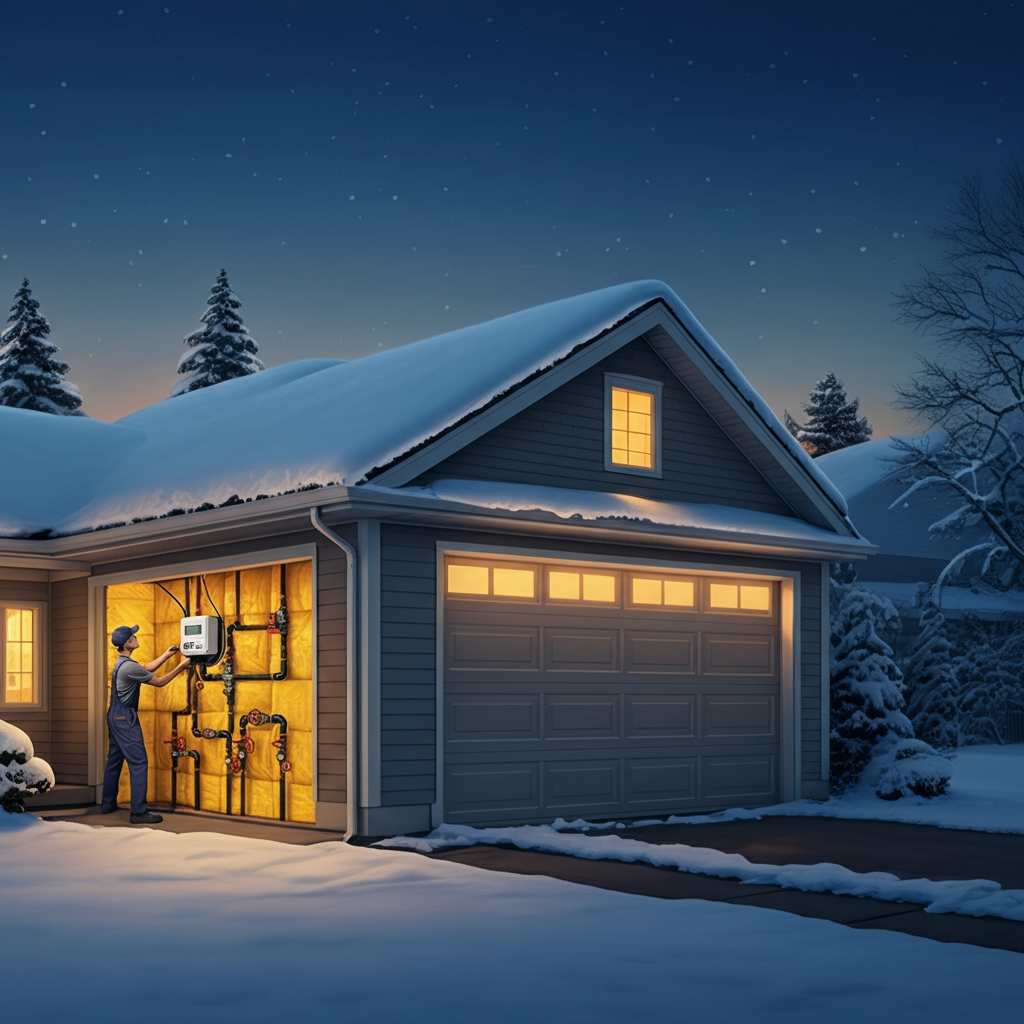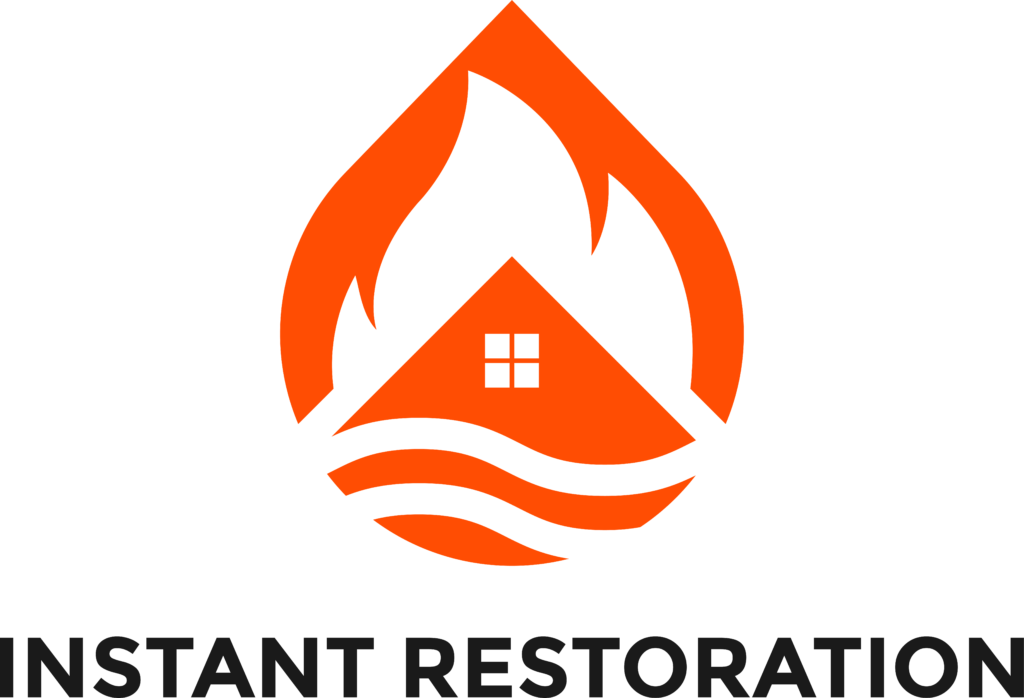Water damage in commercial properties can have far-reaching consequences, affecting operations, revenue, and the overall safety of the building. Whether caused by pipe bursts, burst pipes, heavy rainfall, or flood damage, water damage demands immediate attention. Therefore, understanding the challenges and proper restoration procedures is crucial for minimizing disruption and financial loss.
Understanding Commercial Water Damage
Definition and Importance of Commercial Water Damage Restoration
Commercial water damage refers to the physical harm inflicted on a business or commercial property due to water intrusion, flooding, or other water-related disasters. This type of damage can disrupt normal business operations, leading to significant financial losses and potential health risks. The water damage restoration process is essential for repairing and restoring the affected property to its pre-damage condition. This process not only helps in minimizing downtime but also prevents further damage and ensures the health and safety of employees and customers. Addressing water intrusion promptly is crucial to avoid long-term structural issues and maintain a safe working environment.

Common Causes of Commercial Water Damage
Commercial water damage can stem from various sources, each posing unique challenges:
- Burst Pipes: Frozen pipes or exposed pipes can burst, releasing large volumes of water and causing extensive damage. A pipe burst can release large volumes of water, causing extensive damage and requiring prompt and effective drying methods to prevent further issues.
- Leaks: Persistent leaks from appliances, plumbing fixtures, or roofs can gradually lead to significant water damage.
- Flooding: Natural disasters such as hurricanes, heavy rainfall, or storm surges can result in severe flooding, overwhelming drainage systems and causing widespread damage.
- Human Error: Accidental spills, improper use of equipment, or negligence can also lead to water damage, highlighting the need for proper training and vigilance.

Understanding these common causes can help businesses take preventive measures and respond more effectively when water damage occurs.
The Impact of a Burst Pipe on Commercial Properties
Water damage in a commercial setting goes beyond cosmetic issues. When pipe bursts occur, it is crucial to address the water damage promptly to prevent further issues such as mold growth and structural compromise. For instance:
- Operational Downtime: Businesses may face interruptions that lead to lost revenue.
- Structural Compromise: Prolonged water exposure can weaken walls, flooring, and foundational elements.
- Health and Safety Risks: Standing water can promote mold growth, which in turn affects indoor air quality and poses significant health risks to employees and customers.
- Equipment and Inventory Loss: Water can damage critical equipment, documents, and merchandise, resulting in significant financial setbacks.
Moreover, these impacts can disrupt day-to-day business operations and tarnish a company’s reputation.
Immediate Steps to Take to Prevent Further Damage
Firstly, upon discovering water damage in your commercial property, it is essential to act quickly. In cases of pipe bursts, immediate action is essential to mitigate water damage and prevent further complications. Immediately take the following steps:
- Assess the Situation:
- Inspect the affected areas to determine the extent of the damage.
- Identify the source of the water to stop further damage.
- Remove excess water to prevent further damage to carpets and upholstered items. Avoid using standard vacuums for water extraction.
- Ensure Safety:
- Evacuate the area if necessary, particularly if electrical hazards or structural risks are present.
- Contact professionals who can safely handle the cleanup process.
- Document the Damage:
- Photograph the affected areas and record details to assist with insurance claims later.
- Keep a record of all communications and expenses related to the incident.
Consequently, swift action can significantly reduce the risk of long-term damage and help maintain business continuity.

Prevention and Preparation
Preventing water damage from a burst pipe requires preparation and proactive measures. Preventing water damage from pipe bursts requires preparation and proactive measures. Here are some steps to take:
- Insulate Exposed Pipes: Insulate exposed pipes in unheated areas like the garage, basement, or crawlspace to prevent them from freezing. This simple step can significantly reduce the risk of a burst pipe during cold weather.
- Seal Cracks and Gaps: Seal any cracks or gaps in walls, floors, and ceilings to prevent water from entering the building. This helps to protect your property from water intrusion during heavy rainfall or flooding.
- Install a Water Leak Detection System: A water leak detection system can alert you to potential leaks before they cause significant damage. Early detection allows for quick action, minimizing the impact of a burst pipe.
- Monitor Your Water Bill: Keep an eye on your water bill and monitor for any unusual increases in usage. Unexpected spikes can indicate a hidden leak that needs immediate attention.
- Install a Whole-House Shut-Off Valve: Consider installing a whole-house shut-off valve to quickly turn off the water supply in case of an emergency. This can prevent further damage and make it easier to manage the situation.

Preventing water damage from a pipe burst requires preparation and proactive measures.
Tips for Minimizing Damage Until Help Arrives
In the event of water damage, swift action is crucial to minimize further damage and protect your property. Here are some practical tips to follow:
- Shut Off the Water Source: If possible, immediately turn off the main water supply to stop the flow of water and prevent further damage.
- Remove Excess Water: Use mops, buckets, or wet vacuums to remove as much standing water as possible. This helps to reduce the risk of further damage and mold growth.
- Protect Equipment and Furniture: Move valuable equipment and furniture away from the affected area to prevent them from getting damaged.
- Avoid Electrical Hazards: Do not use electrical equipment or appliances in the affected area to avoid the risk of electrical shock.

By taking these steps, you can mitigate the impact of water damage and safeguard your property until professional help arrives.
Creating a Water Emergency Response Plan
Having a well-thought-out water emergency response plan can significantly enhance your business’s ability to respond to water damage effectively. Here are some steps to create a robust plan:
- Identify Potential Risks: Assess your property to identify areas vulnerable to water damage, such as basements, roofs, and areas with exposed pipes.
- Develop a Response Plan: Call a professional WATER DAMAGE SERVICE for thorough extraction, drying, and mold prevention—attempting DIY repairs often leads to hidden structural damage or hazardous mold growth.
- Train Employees: Ensure that all employees are familiar with the response plan and know their roles and responsibilities during an emergency.
- Review and Update the Plan: Regularly review and update the plan to address any new risks or changes in the property layout.

By preparing in advance and training your team, you can ensure a swift and coordinated response to water damage, minimizing disruption and further damage to your business.
By understanding commercial water damage, its common causes, and taking proactive steps to minimize damage, businesses can reduce the risk of water damage and ensure a quick recovery in the event of a disaster.
Regular Maintenance and Inspection to Prevent Burst Pipe Emergencies
Regular maintenance and inspection are crucial in preventing burst pipe emergencies. By identifying potential issues before they escalate, you can avoid the costly and time-consuming process of water damage restoration. Here are some proactive steps to help prevent burst pipe emergencies:
- Inspect Exposed Pipes: Regularly check exposed pipes in unheated areas such as the garage, basement, or crawlspace for signs of damage or wear. Look for cracks, corrosion, or any other indicators that a pipe might be at risk of bursting.
- Check for Leaks: Routinely inspect around pipes, fittings, and valves for any leaks or water damage. Early detection of leaks can prevent them from developing into major issues.
- Insulate Pipes: Insulate exposed pipes in unheated areas to prevent them from freezing during cold weather. Pipe insulation is a simple yet effective measure to avoid burst pipes.
- Winterize Outdoor Faucets: Disconnect and drain hoses from outdoor faucets during the winter months to prevent freezing. Consider installing freeze-proof faucets or frost-proof spigots in outdoor areas.
- Maintain Indoor Temperature: Keep your property warm, especially if you’re going to be away for an extended period. Maintaining a consistent indoor temperature can prevent pipes from freezing.
- Install Smart Water Sensors: Consider installing smart water sensors that can detect leaks and alert you to potential issues. These devices provide early warnings, allowing you to address problems before they cause significant damage.
By taking these preventive measures, you can significantly reduce the risk of burst pipe emergencies and the subsequent need for extensive water damage restoration.

Response and Assessment
When a burst pipe emergency occurs, it’s essential to respond quickly and assess the situation to prevent further damage. Immediate action can mitigate the impact and expedite the restoration process. Here are the steps to take:
- Turn Off the Water Supply: The first step is to turn off the main water shut-off valve to stop the flow of water. This prevents further water intrusion and limits the extent of the damage.
- Document the Damage: Take photos and videos of the affected area for insurance purposes. Detailed documentation will support your insurance claim and help in the restoration process.
- Assess Safety Hazards: Check for any signs of structural damage or safety hazards, such as electrical risks or compromised building materials. Ensure the area is safe before proceeding with any further actions.
- Identify the Source: Determine the source of the water damage. If it’s a burst pipe, locate the exact point of failure and assess the best way to repair it. This step is crucial for preventing further damage and planning the restoration process.
By following these steps, you can effectively manage a burst pipe emergency, minimize further damage, and set the stage for a successful restoration.

Inspection and Water Damage Assessment
The first step in responding to a burst pipe emergency is to inspect the affected area and assess the extent of the water damage. This will help you determine the best course of action to take to prevent further damage and begin the restoration process. Here’s how to proceed:
- Turn Off the Main Water Valve: Immediately shut off the main water supply to prevent additional water from entering the affected area. This is a critical step in controlling the situation.
- Document the Damage: Take comprehensive photos and videos of the affected area. This documentation is essential for insurance claims and will help in the water damage restoration process.
- Check for Structural Damage: Inspect the area for any signs of structural damage or safety hazards. Look for weakened walls, flooring, or ceilings that may pose a risk.
- Identify the Source: Locate the source of the water damage, whether it’s a burst pipe or another issue. Understanding the cause will help you address the problem effectively and prevent future occurrences.
By conducting a thorough inspection and assessment, you can ensure that all aspects of the water damage are addressed, setting the foundation for a successful restoration process.

Our Comprehensive Commercial Water Damage and Mold Growth Restoration Process
At Instant Restoration, we offer specialized services for commercial water damage restoration. At Instant Restoration, we offer specialized services for commercial water damage restoration, including cases of pipe bursts. Specifically, our process includes:
- Inspection and Assessment: Initially, our experts conduct a thorough inspection using advanced moisture detection tools. This step is crucial for developing a tailored restoration plan.
- Water Extraction and Removal: Subsequently, we deploy high-powered extraction equipment to remove standing water quickly. As a result, further structural damage and mold growth are prevented.
- Drying and Dehumidification: Next, we utilize industrial-grade dehumidifiers and air movers to dry the affected areas completely. This ensures that all moisture is eliminated, reducing the risk of secondary damage.
- Cleaning and Sanitizing: Then, our team cleans and sanitizes surfaces to remove contaminants and prevent mold formation. Moreover, this step restores a safe environment for employees and customers.
- Restoration and Repairs: Finally, we repair or replace damaged structures and materials to return your property to its pre-damage condition. Ultimately, our goal is to minimize downtime and help your business resume normal business operations swiftly.

Advanced Technology and Expertise
In addition, our restoration process is supported by state-of-the-art technology. Our restoration process is supported by state-of-the-art technology, ensuring effective management of water damage from pipe bursts. For example:
- Moisture Meters & Thermal Imaging: These tools detect hidden water pockets and ensure that no moisture remains.
- Industrial-Grade Equipment: High-powered dehumidifiers and extraction units expedite the drying process.
- Expert Technicians: Our certified professionals have extensive experience in commercial water damage restoration, ensuring that every step is handled with precision.

Mold Prevention and Remediation
Mold growth is a common consequence of water damage from a burst pipe. Mold growth is a common consequence of water damage from pipe bursts. To prevent mold growth, it’s essential to:
- Dry the Affected Area Quickly: Use fans and dehumidifiers to speed up the drying process. The faster you can dry the area, the less likely mold will have a chance to grow.
- Remove Standing Water and Excess Moisture: Eliminate as much standing water and excess moisture from the area as possible. This is crucial in preventing mold growth and further damage.
- Use a Mold-Killing Solution: Clean and disinfect the area with a mold-killing solution to ensure that any potential mold spores are eradicated.
- Improve Ventilation: Enhance ventilation in the area to reduce humidity and prevent moisture buildup. Proper airflow can help keep the area dry and mold-free.
If mold growth has already occurred, it’s crucial to remediate the area as soon as possible. This may involve:
- Containing the Affected Area: Prevent mold spores from spreading by containing the affected area. This helps to protect other parts of the property from contamination.
- Removing Moldy Materials: Safely remove and dispose of any moldy materials. This step is essential to eliminate the source of mold growth.
- Cleaning and Disinfecting: Thoroughly clean and disinfect the area with a mold-killing solution to remove any remaining mold spores.
- Drying the Area Completely: Ensure the area is completely dry to prevent further mold growth. Use dehumidifiers and fans to achieve this.
By following these steps, you can effectively prevent and remediate mold growth, ensuring a safe and healthy environment.
Local Expertise You Can Trust
Based in Woodland Hills, CA, Instant Restoration understands the unique challenges faced by commercial properties in our area. Our local expertise allows us to provide prompt and reliable restoration services, including cases of pipe bursts. Furthermore, our local expertise allows us to provide prompt and reliable restoration services that minimize business disruption. Thus, you can trust us to safeguard your property and your bottom line.
Post-Restoration Verification and Maintenance
After the water damage restoration process is complete, it’s essential to verify that the area is safe and dry. After addressing water damage from pipe bursts, it’s essential to verify that the area is safe and dry. This may involve:
- Conducting a Thorough Inspection: Inspect the affected area to ensure that all moisture has been removed. This step is crucial to confirm that the restoration process was successful.
- Using Specialized Equipment: Utilize specialized equipment to detect any hidden moisture or mold growth. Tools like moisture meters and thermal imaging can help identify areas that may still be at risk.
- Testing Air Quality: Test the air quality to ensure it is safe and free from mold spores. This helps to confirm that the environment is healthy for occupants.

To maintain the integrity of the restored area, it’s crucial to:
- Regularly Inspect for Moisture or Mold: Conduct regular inspections to check for any signs of moisture or mold growth. Early detection can prevent further damage and costly repairs.
- Address Issues Promptly: If any issues are found, address them promptly to prevent further damage. Quick action can help maintain the safety and integrity of the property.
- Keep the Area Well-Ventilated: Ensure the area is well-ventilated to reduce humidity and prevent moisture buildup. Proper ventilation is key to maintaining a dry and mold-free environment.
- Install a Whole-House Humidistat: Consider installing a whole-house humidistat to monitor and control humidity levels. This can help prevent conditions that promote mold growth and water damage.
By following these steps, you can ensure that your property is safe and secure, and that any water damage from a burst pipe is fully restored.
Your Business Continuity is Our Priority

If your commercial property has suffered water damage, don’t delay in seeking professional assistance. Addressing issues like pipe bursts promptly is crucial to prevent extensive water damage. Acting quickly can protect your business operations, prevent further damage, and ensure a safe environment for everyone. Therefore, contact our expert team today for a comprehensive consultation and swift restoration services.
In doing so, you will benefit from our detailed process—from rapid water extraction and thorough drying to meticulous cleaning, disinfection, and precise repairs. Ultimately, we are here to help you restore your commercial property and secure your business’s future.
For more insights on water damage prevention and recovery in commercial properties, please visit the FEMA website and the Insurance Information Institute.
